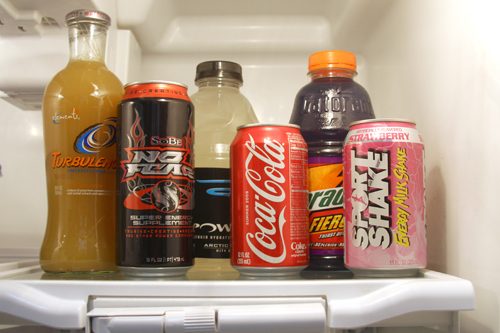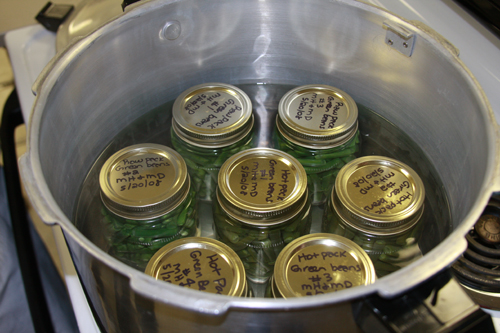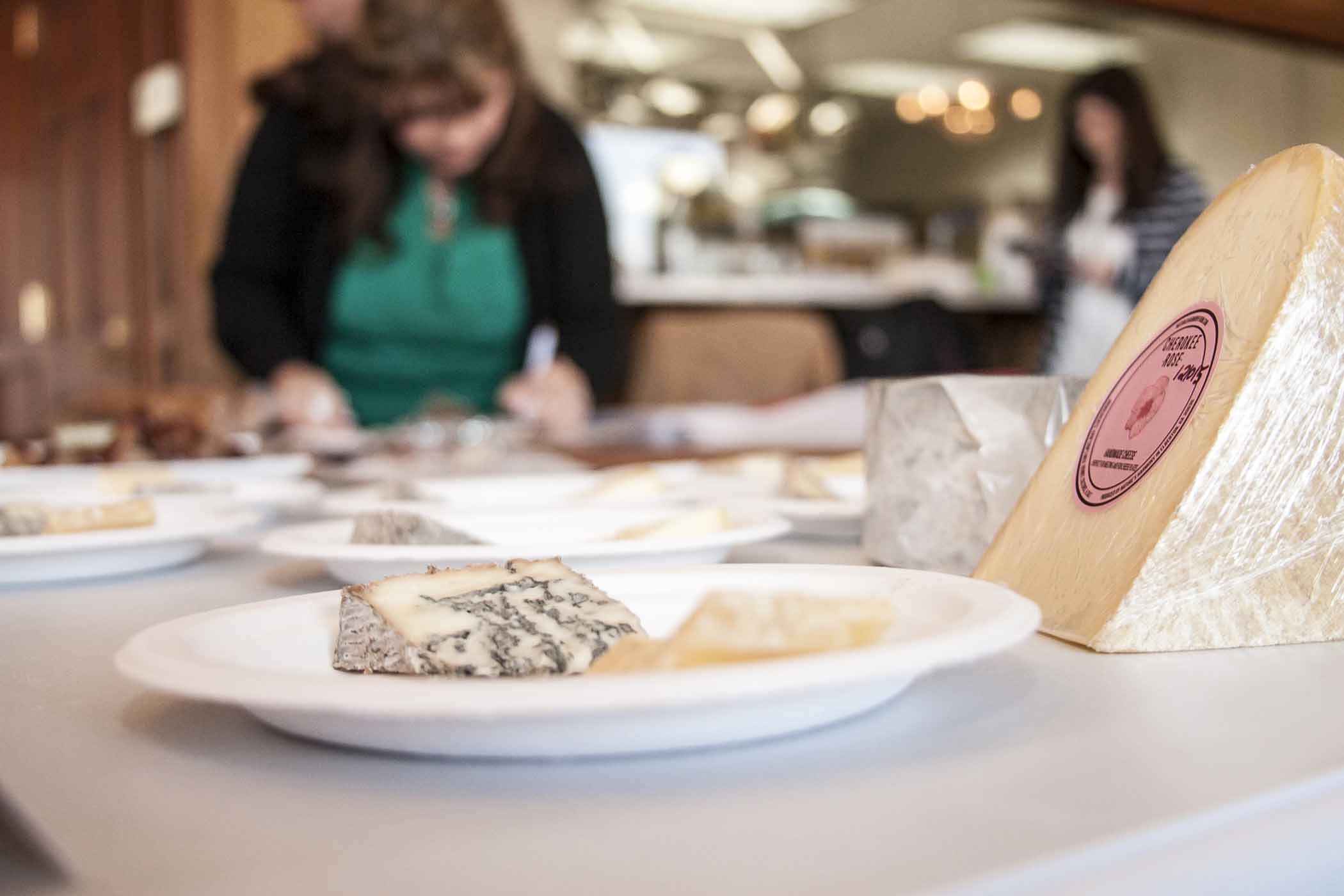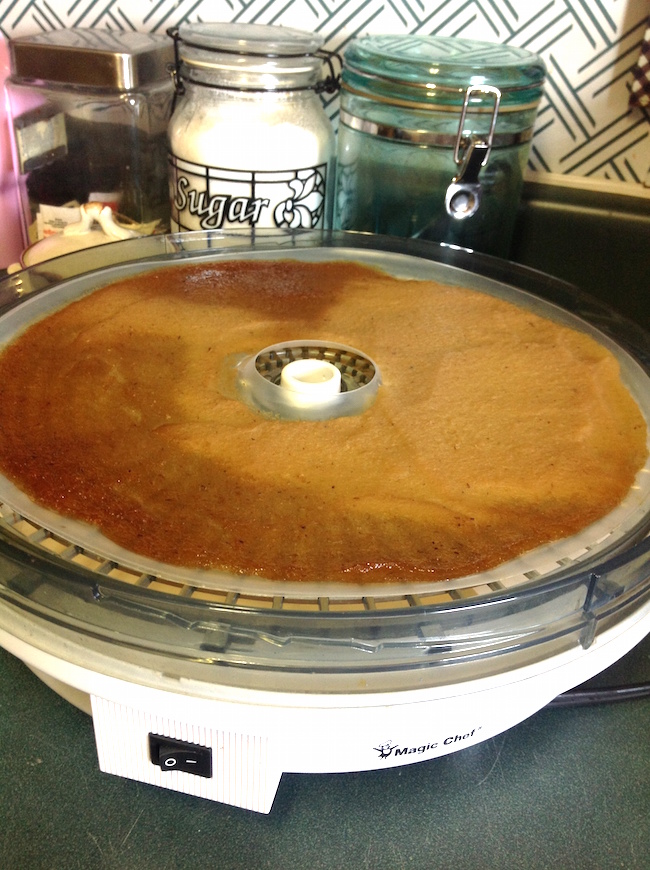Homemade jams and jellies can be a delicious way to extend the summer bounty, but a University of Georgia food preservation expert urges people to follow the rules when canning at home.
“Even though sugar has a preservative action in jams and jellies, molds can still grow and spoil these products,” said Elizabeth Andress, a UGA Cooperative Extension specialist. “USDA and UGA Cooperative Extension endorse a boiling water canning process for jams and jellies, which will make the potential for mold spoilage as small as possible.”
Use the following steps, Andress says, to preserve food safely at home:
- Start with boiling water. Before cooking the jam, fill a boiling water canner with enough warm water to cover filled jars one to two inches above the lids. The canner needs to be centered over the stove’s burner and should be level. Add the jars before bringing the water to a boil to sterilize them. Empty jars need to be submerged in boiling water for 10 minutes for sterilization. If no sterilization is needed, heat the water in the canner to 180 degrees, simmering, to process filled jars.
- Wash pint or half-pint canning jars in hot water with dishwashing detergent or in a dishwasher. Sterilize jars if needed. Sterilized or not, keep jars hot until ready to be filled.
- Prepare canning jar lids according to manufacturers directions.
- Cook jam or jelly according to recipe directions. Skim off foam if present.
- Fill jars. If the jars were pre-sterilized, remove them from the canner when it is time to fill them and tilt them to quickly empty any water inside them into the canner. Fill jars with the hot jelly or jam mixture, leaving a fourth-inch headspace. Wipe the rim of the jar with a clean paper towel and seal the jars with lids. Adjust the ring bands as needed. Work quickly to insure the filled jars stay as hot as possible until they are ready to be loaded into the canner for processing.
- Load the filled jars, using a jar lifter, into the canner. Keep the jars upright at all times to prevent jelly or jam from spilling into the sealed area of the lid. The canner should be simmering when jars are added, not boiling.
- Boil filled containers. Turn the burner under the canner to its highest setting and place a lid on the canner. Return the water to a boil. If the jars were sterilized, boil the filled jars for five minutes. If hot, clean jars were used, process for 10 minutes. Keep a lid on the canner while processing to keep water boiling.
- Turn off the heat once the jars have processed, and remove the canner lid. Wait five minutes before removing jars from the canner.
- Use a jar lifter to remove the hot jars from the canner. Place the jars on a towel or cake cooling rack. Leave at least one inch of space between the jars during cooling.
- Cool jars upright for 12 to 24 hours while the vacuum seal is drawn and the jam or jelly sets. When using two-piece metal canning lids, do not tighten ring bands on the lids or push down on the center of the flat metal lid until the jar is completely cooled.
- Remove ring bands from sealed jars.
- Label and store in a cool, dry place out of direct light.
Follow these UGA and USDA recommendations will help limit the risk of mold growth and spoilage of homemade jams and jellies.
“There is some evidence that molds growing on fruit products could produce mycotoxins, or mold poisons,” Andress said. “A few other organisms could also spoil jams and jellies. It is best to take steps to prevent molding and spoilage, and thereby also protecting your investment of fruit, time and money by not having to throw away spoiled jams and jellies.”
For more information from the National Center for Home Food Preservation on making jams and jellies, visit








